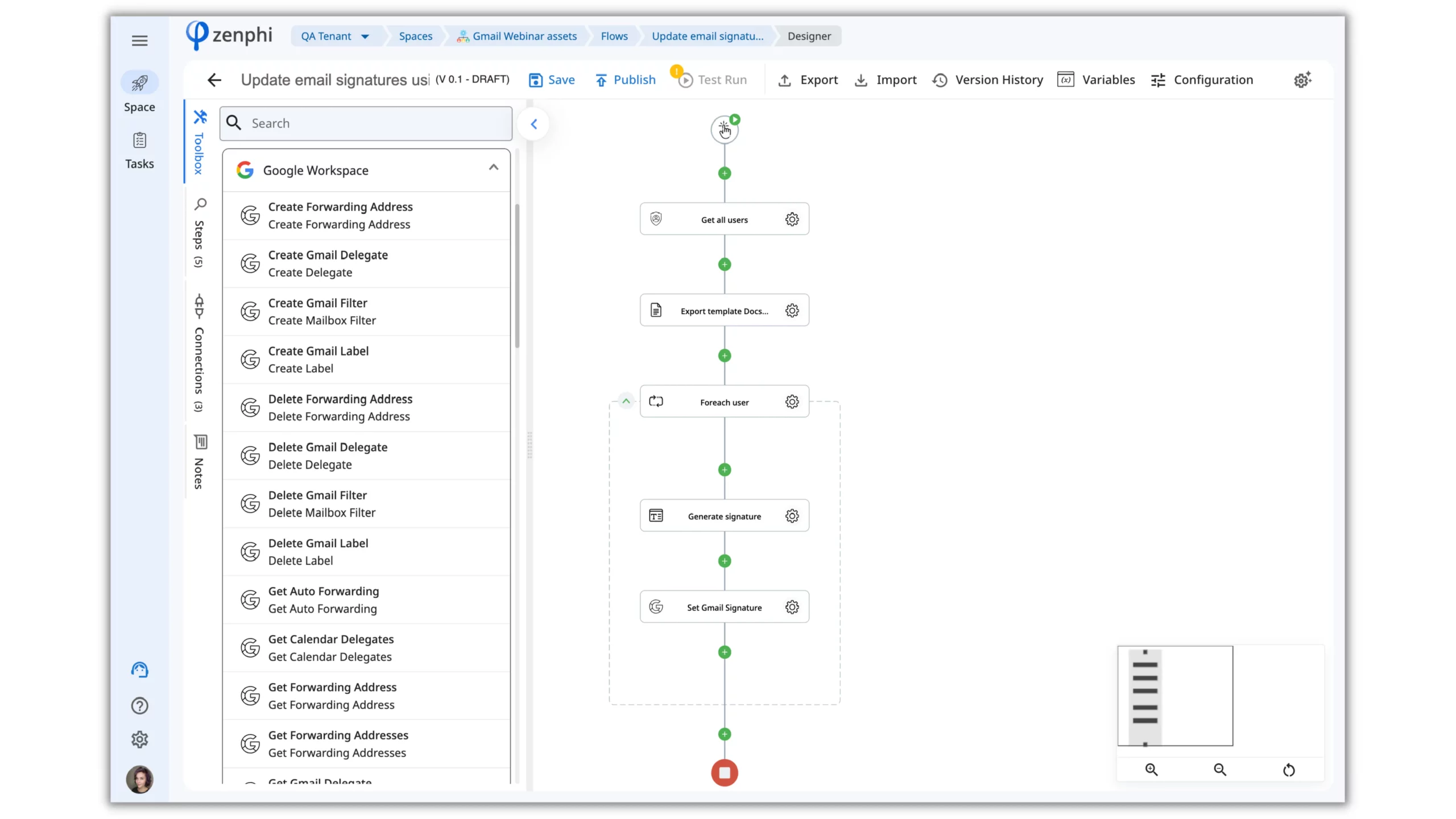In times of an uncertain economy, organizations face significant challenges in maintaining profitability while simultaneously pursuing growth. One key strategy that companies should consider is automation.
However, the process of implementing automation can be daunting, especially for companies with limited IT resources. In this article, we will discuss different ways companies can start with automation in the economic recession, including traditional methods of automation and modern no-code platforms.

Automating with Code
One way companies can start with automation is by using traditional code-based approaches. This involves writing custom software programs that automate specific tasks or workflows. While this approach can be highly effective, it requires significant IT resources and expertise.
One of the key benefits of code-based automation is its flexibility. With custom software, companies can create highly tailored solutions that meet their specific needs.
However, code-based automation can be time-consuming and expensive to implement. Developing custom software requires specialized skills and can be prone to errors and bugs. Additionally, the ongoing maintenance and support of these systems can be a significant burden on IT resources.
Using No-Code Platforms
An alternative to code-based automation is the use of no-code platforms. These platforms allow users to create automated workflows using visual interfaces and drag-and-drop tools, without the need for specialized coding knowledge.

One of the key benefits of no-code platforms is their ease of use. With no-code platforms, companies can quickly develop and implement automated workflows without requiring significant IT resources. Additionally, no-code platforms often include pre-built templates and integrations, which can speed up development and reduce errors.
Moreover, no-code platforms offer significant advantages in terms of speed and scalability. Companies can rapidly prototype and test automation workflows, enabling them to iterate and refine their processes quickly. This means that companies can respond faster to changes in the market, reduce lead times, and improve customer satisfaction.
Additionally, no-code automation tools offer the potential for significant cost savings. By automating repetitive tasks, companies can reduce the need for manual labor, which can help to lower costs and increase productivity. This can be particularly valuable during times of economic recession, when companies may be looking to cut costs without sacrificing quality or customer satisfaction.
Strategic Applications of Automation In An Uncertain Economy
Regardless of whether companies choose to use code-based or no-code approaches to automation, there are several strategic applications where automation can provide significant benefits.
As an example, in IT operations, automation can streamline Google License management by automating regular reports to identify inactive Google Workspace accounts. By optimizing this process, medium to large businesses can potentially save tens of thousands of dollars every month.
In Human Resources, automation can be used to automate recruitment processes, such as resume screening and scheduling interviews. This can help to reduce the time and effort required to hire new employees and enable HR professionals to focus on more strategic tasks.
In Finance, automation can be used to automate invoice processing, payment processing, and financial reporting. This can help to reduce errors, increase accuracy, and improve the speed of financial processes.
Finally, in Operations, automation can be used to automate production processes, supply chain management, and inventory management. This can help to reduce lead times, improve quality, and increase efficiency.
However, it is important to remember that automation is not a silver bullet solution. While it can provide significant benefits, it is important to approach automation strategically and with a clear understanding of the potential risks and challenges involved.
For example, there may be concerns about job displacement and the impact of automation on the workforce. It is important to consider these issues carefully and to communicate with employees and stakeholders effectively to ensure that the benefits of automation are maximized, and any potential negative impacts are minimized. By taking a thoughtful and strategic approach to automation, it is possible for companies to navigate the challenges of an uncertain economy and emerge stronger and more competitive than ever.
Conclusion
In conclusion, automation can provide significant benefits for organizations looking to grow and remain competitive in an uncertain economy. Whether companies choose to use code-based or no-code approaches, there are several strategic applications where automation can provide significant benefits. By embracing automation, companies can streamline processes, reduce costs, and increase efficiency, all while minimizing the need for costly IT investments.

